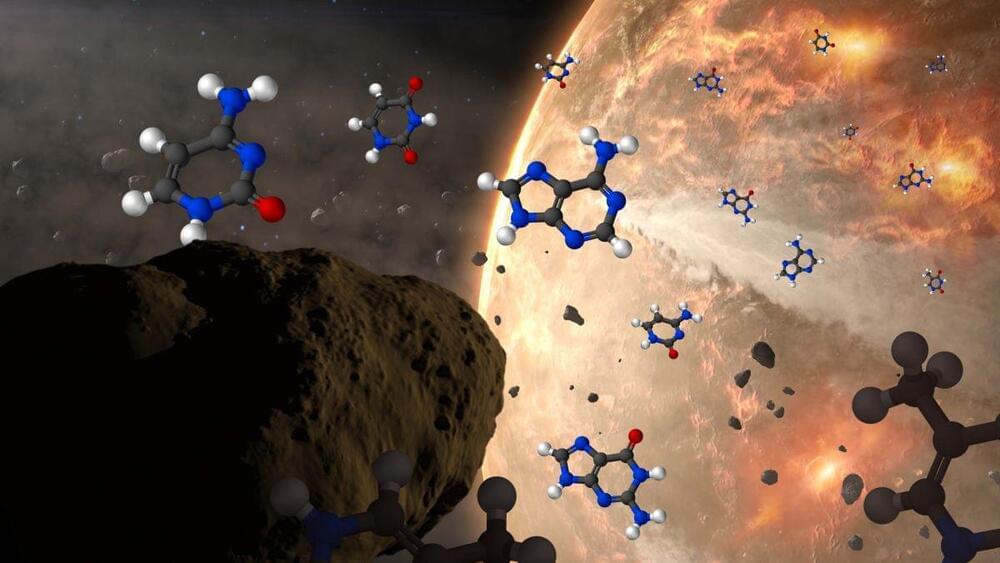Mangrove trees inspire thermal and membrane-based desalination system.
Four US students, taking part in a program aimed at high school girls interested in engineering, have designed a desalinating water bottle. The currently hypothetical device would be compact and portable so could offer increased accessibility over existing desalinating designs that mimic transpiration.
Laurel Hudson, Gracie Cornish, Kathleen Troy and Maia Vollen met at Virginia Tech’s C-Tech2 program where they were given an assignment to ‘reinvent the wheel’. Choosing to focus on the global water crisis and inspired by drinking straws used by hikers to purify water, they considered if it was possible to make a bottle that produced drinking water from seawater. They reached out to Jonathan Boreyko, an associate professor in the department of mechanical engineering, who was researching synthetic trees at the time. He agreed to help, and, during the height of the Covid-19 pandemic, the group met virtually at night to discuss their research. Along with Ndidi Eyegheleme, a graduate student in Boreyko’s lab, they planned and produced a model to evaluate the inner workings of their design.





